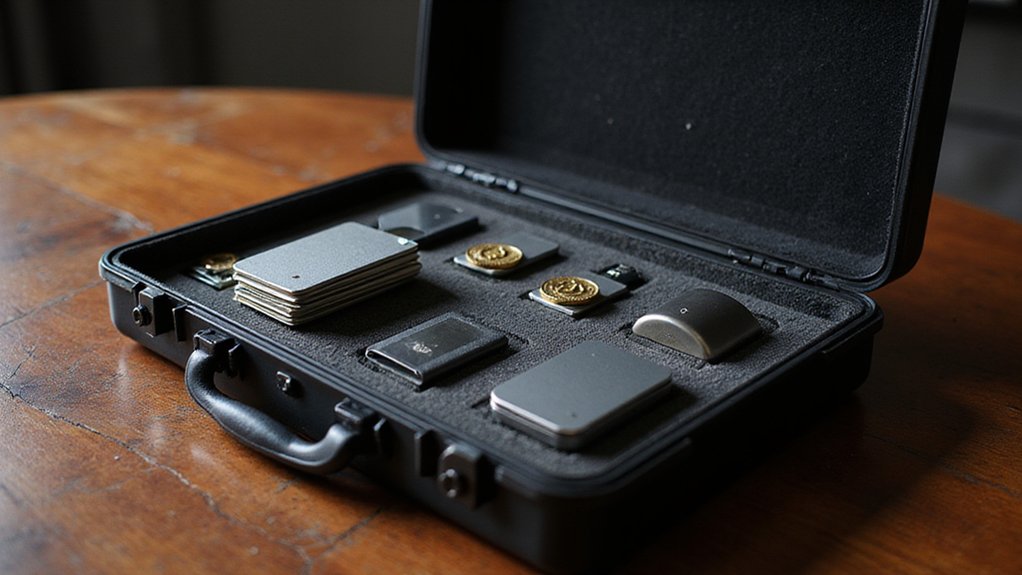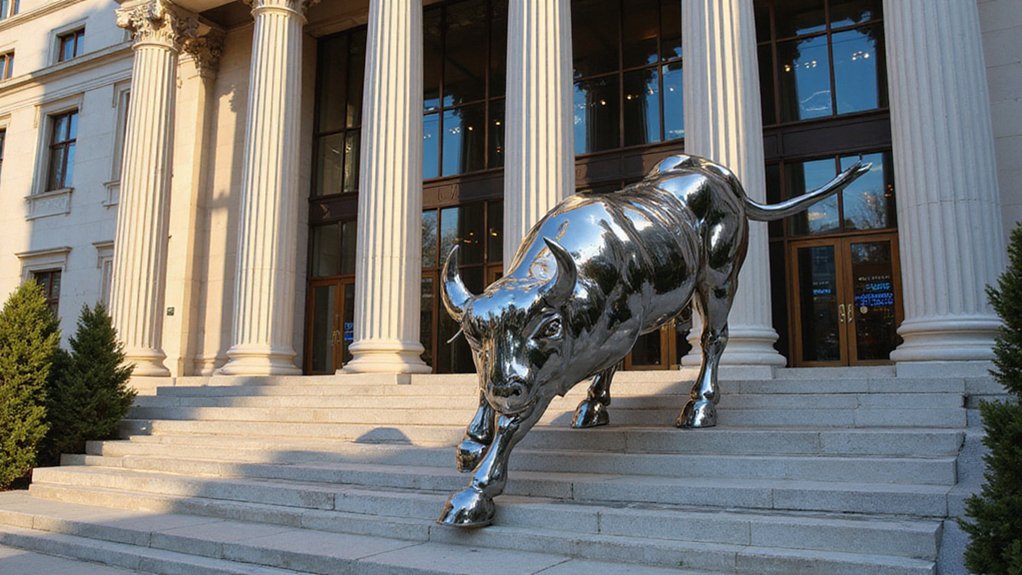How does one transform $123 million in illicit cryptocurrency into ostensibly legitimate funds? According to Australian authorities, the answer involves armored vehicles, classic car dealerships, and an 18-month investigation that reads like a financial thriller with decidedly pedestrian execution.
The Queensland Joint Organized Crime Taskforce recently dismantled what prosecutors describe as a sophisticated laundering operation, though “sophisticated” might be generous considering the perpetrators basically used a cash-in-transit security firm as their primary washing machine. Four individuals now face charges in connection with the scheme, which authorities suggest represents merely the visible portion of a much larger iceberg floating through Australia’s financial waters.
The operational methodology displayed a certain creative flair, if not operational security.
The scheme showed impressive creativity in execution, though considerably less finesse in avoiding detection by authorities.
Illicit cryptocurrency was converted to cash, then deposited through legitimate businesses—a sales promotion company and classic car dealership serving as the primary fronts.
The security firm’s armored vehicle unit provided the perfect cover for moving large cash volumes without triggering the usual regulatory red flags that accompany such transfers.
One suspect allegedly processed $6.2 million over 15 months, a pace suggesting either remarkable efficiency or concerning desperation.
Investigators followed digital breadcrumbs through cryptocurrency exchanges, where funds were deliberately obscured before emerging as seemingly legitimate business earnings. The laundered proceeds were then distributed to beneficiaries either in cryptocurrency or through the front businesses, completing a circular journey that would have impressed Dante, if not compliance officers. Despite global efforts to combat illicit cryptocurrency activities, ransomware payments continue to reach record highs worldwide, highlighting the persistent challenges facing financial crime investigators.
The Australian Transaction Reports and Analysis Centre (AUSTRAC) continues monitoring cryptocurrency transactions under the Anti-Money Laundering and Counter-Terrorism Financing Act, though enforcement clearly faces challenges when dealing with increasingly creative criminal enterprises. The agency has particularly focused on crypto ATM operators and digital currency exchange providers, recognizing these as potential vulnerability points in the financial system. Professional crypto auditing services have become increasingly essential for legitimate cryptocurrency businesses seeking to maintain compliance and prevent their platforms from being exploited by criminal organizations.
Authorities froze approximately $13.6 million in suspected criminal assets across Queensland and New South Wales, though this represents roughly eleven percent of the total alleged operation. The case required coordination between 70 officers from federal and state agencies, demonstrating the substantial resources needed to combat modern cryptocurrency crimes. The case underscores both the global nature of cryptocurrency crime and the persistent appeal of mixing digital innovation with decidedly analog business fronts—because apparently, nothing launders money quite like classic cars and promotional campaigns.







